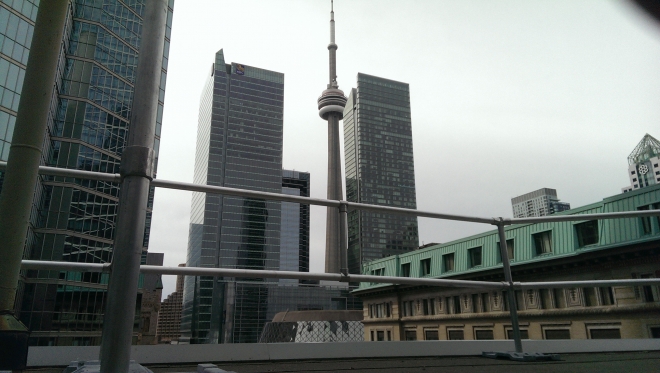Fall protection, fall arrest and fall restraint are common terms when choosing the correct Personal Protective Equipment (PPE) for your application.
When working at heights it is imperative to select the right fall protection for a specific task and understand why it is the best choice. A well-known system, which is used to help select your PPE, is the Hierarchy of Fall Protection. The hierarchy is displayed in the image below.
When using the Hierarchy of Protection, you must follow these three steps:
- Eliminating the risk
How can I avoid working at height where feasible or use alternative equipment such as plant machinery in which there would be no risk of falling?
- Guarding the hazard
In situations where you are working at height, how are you going to make sure you are not vulnerable to avoidable risks? In this situation, you are recommended to use a parapet or guardrail to lower the risk of a fall.
- Protecting the worker
In situations where it is impossible to completely remove the risk of falling you will need to reduce it as much as possible. In these situations, you need to choose which fall protection system is right for the job. Take a look below at the different types of fall protection and their pros and cons.
Fall Restraint
A fall restraint system is used to prevent the user from reaching the fall risk; the user will be able to fulfill their task but would not be able to reach the point in which they could fall. A fall restraint would be used if you were to work at the edge of a hazard. For example, working at the edge of a large drop such as a rooftop.
When testing fall protection, it is recommended that you test it on an inanimate load before putting a person at risk. You do not want to be in a situation in which the lanyard is too long and doesn’t fulfill its purpose. Usually, the arrest would be positioned 2 meters away from the hazard and the lanyard would be 1.5 meters.
Fall Arrest
Unlike the fall restraint, a fall arrest allows the user to move freely when completing a task. If the user does then fall they will hang from the drop and will have to be rescued or self-rescue. This form of PPE allows the user to work with little restrictions but may be in a situation in which they fall. The system will minimize but not completely eradicate injury.
Liftsafe Fall Protection Inc. offers a unique variety of fall safety products. We have become a leading expert in fall safety. Our dedicated team of professionals along with our valued suppliers have all the offerings to ensure you can maintain a safe environment. Contact Liftsafe Fall Protection Inc. today for any fall safety concerns you may have.
Additional Rooftop Safety Resources:
What is the difference between a Passive and an Active Fall Protection System >
How our product complies/exceeds working at heights legislation/training requirements >
Fall Protection Safety for Workers at Heights >
How to Be Safe During Rooftop Maintenance >
How we stack up against the competition. Literally >
The data source for this blog post can be found here.



